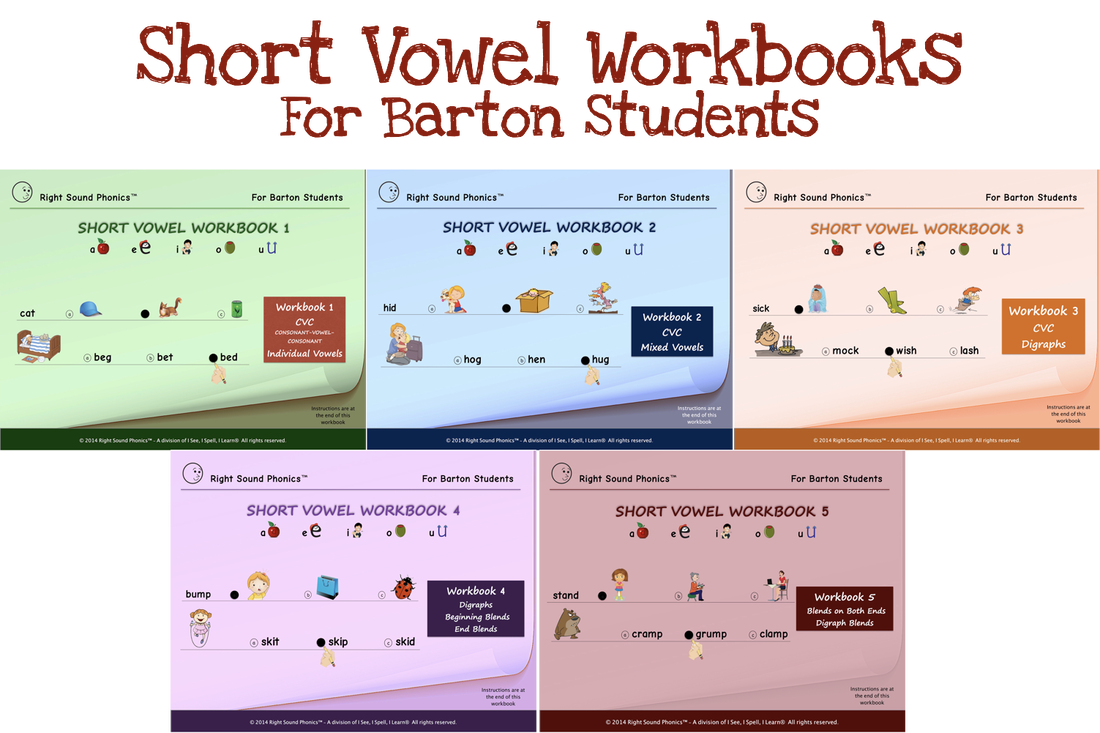
Although learning such words would be beneficial, a functional skills approach to literacy instruction does not equip students with the skills needed to identify words beyond the specific sight words they have been taught. For example, a student might be taught to recognize the words danger and exit for safety purposes and the days of the week to read a work schedule. Through functional skills curricula, students are frequently taught to recognize and write a limited number of the sight words to support their participation in the community or at work (Mosley, Flynt, & Morton, 1997). Students with intellectual and developmental disabilities have generally been taught literacy using a curriculum focusing on functional life skills (Katims, 2000).

design instructional reading activities and experiences for students with intellectual and developmental disabilities that effectively meet their needs in skill development while also maintaining their meaningful participation in the inclusive literacy classroom.

discuss evidence-based ways to instruct students with intellectual and developmental disabilities in phonemic awareness, phonics, comprehension, vocabulary, and fluency.identify common barriers to literacy learning that often exist in classroom settings for students with intellectual and developmental disabilities and describe ways to remove these barriers.define what it means to presume competence in the learning potential of students with intellectual and developmental disabilities, and discuss the significance in doing so.

After reading this chapter, readers will be able to


 0 kommentar(er)
0 kommentar(er)
